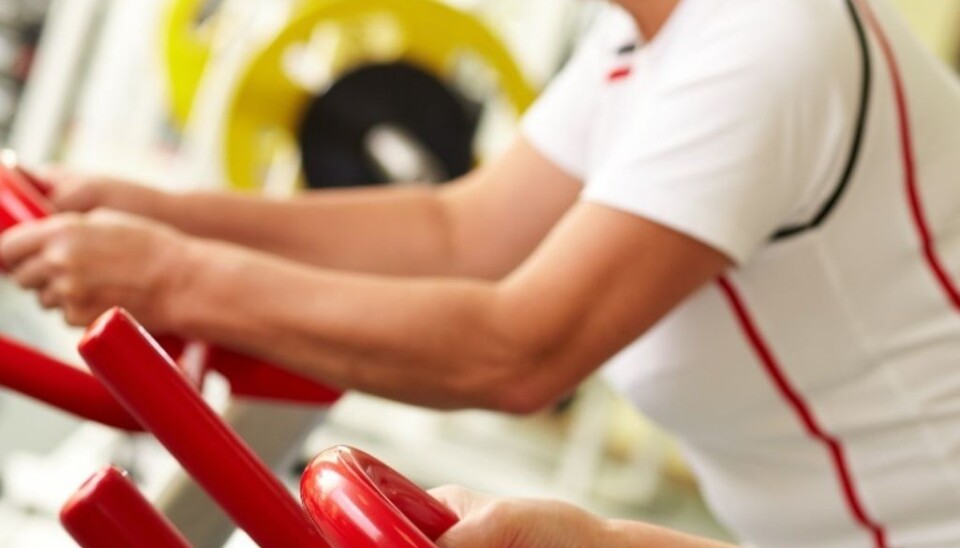This article was produced and financed by Oslo Metropolitan University

Physical activity makes osteoporosis sufferers more confident
A treatment regime consisting of exercise and guidance reduces the fear of falling in women with osteoporosis.
Osteoporosis is a condition that makes people afraid of falling and injuring themselves. This fear may restrict their physical performance and, consequently, lead to impaired balance.
"Self-efficacy in everyday activities is therefore vital for reducing the risk of falls," says physiotherapist and former master's student Cecilie Fromholt Olsen, who recently completed her master's studies at HiOA.
The results of her project on osteoporosis in women and their fear of falling was recently published in Osteoporosis International.
This is the first time anyone has examined whether exercise regimes can reduce the fear of falling in women with osteoporosis and a history of vertebral fracture.
Positive effects

Fromholt Olsen examined whether a treatment regime consisting of a three-month exercise programme, group-based exercises, and guidance from a physiotherapist reduced the fear of falling.
A total of 89 women with osteoporosis aged between 60 and 83 participated in the study.
One group took part in the exercise programme, while the participants in the control group were encouraged to continue their normal physical levels of activity.
All the participants in the study had a history of osteoporosis, had experience at least one vertebral fracture, and lived at home after a stay in hospital.
The findings indicate that the exercise programme had positive and long-term effects on the women's fear of falling in terms of improved mobility and reduced fear associated with everyday activities.
During the monitoring period, an increased fear of falling was reported in the women who did not receive training and exercise.
Physical exercise has a preventive effect
HiOA's Professor Astrid Bergland acted as Fromholt Olsen's supervisor. Professor Bergland leads the research group Aldring, helse og velferd (Aging, Health and Welfare), to which Fromholt Olsen is affiliated.
"Elderly people with osteoporosis should be motivated to be physically active and should be offered adapted training, particularly after they are discharged from hospital. Unfortunately, many soon get caught up in a downward spiral that is difficult to escape," says Bergland.
"Walking function and balance can be improved with exercise, and the expertise is available," she adds.
Previous research shows that physical activity strengthens bone mineral density while passivity leads to increasingly brittle bones.
Reference:
Cecilie. F. Olsen and Astrid Bergland: The effect of exercise and education on fear of falling in elderly women with osteoporosis and a history of vertebral fracture: results of a randomized controlled trial. Osteoporosis International, 2014 DOI: 10.1007/s00198-014-2724-3
------------
Read the Norwegian version of this article at forskning.no






























